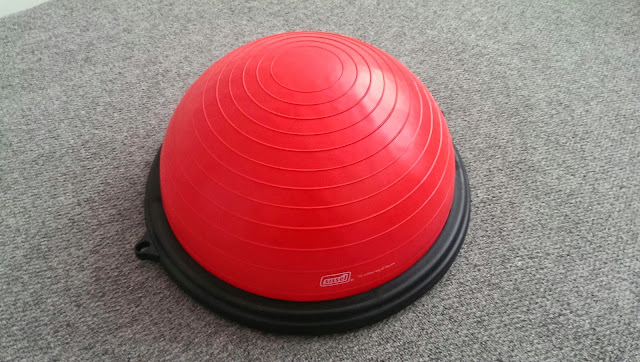
Book Review: Architecture of Human Living Fascia
I have recently devoured the new book from Handspring Publishing by Jean-Claude Guimberteau and Colin Armstrong on the Architecture of Human Living Fascia.Jean-Claude Guimberteau has become famous in the bodywork world because of a number of DVDs starting with Strolling Under the Skin that he released in 2005. These were incredible because he was using an endoscope to film the structures of a living human body whilst the patient was undergoing surgery. These films showed the wonderful and beautiful moving fibrillar network of collagen, elastin and extracellular matrix that is present in all of us. I, for one, now can not hear the Blue Danube Waltz without thinking of fascia.
This book shares more information about the network of fibres that extends throughout the living human body from the epidermis down into the cells from which we are formed. This book looks at the level of the mesoscopic, which is the scale between the macroscopic (whole body) and the cellular microscopic. This mesoscopic is a level of the body's structure that some people feel has arguably been overlooked in anatomical study. It is here, with the use of an endoscope during routine surgery, that Guimberteau and Armstrong find and examine the fibrillar network of collagen fibres, the micro-vacuoles that contain the extracellular matrix. Here the authors show how this network surround, permeates and shapes the different structures of the body from the tendons to the bones to the muscles to the organs. This book is not just very clear about what is being discussed but it shows you with incredible pictures and videos (more about that later) so you can see what is being discussed with your own eyes.
The authors structure the book in such a way that there is a logical progression from what this structure is, how it develops and adapts to our daily lives, how important this is for our efficient usage, what happens when there is injury and how manual therapy can have an impact. There are wonderfully insightful comments from a number of leading authors, scientist and therapists in response to the information shared in this book. There is a great section about how the body responds to incisions of surgery, and also the exposure of the moist interior of the body to air. There is a great detailed description of scarring and the creation of interruptions the fibrillar network that reduce its ability to function smoothly.
What really sets this book apart from many of the others looking at the fascia are the sumptuous images and photographs in this book. They are clear and well described so you know what you are looking at (and where in the body) and through a wonderful use of QR codes (those square bar codes you can scan with a smartphone) you can get to watch new videos showing what is being discussed in the book. There is a DVD enclosed as well for when you can't get internet access, or do not have a smart phone. These videos are locked with a code that you get with your copy of the book, and are well worth getting access to.
Overall I would say that if you like fascia then this book is well worth having. The videos and images really bring the body and fibrillar network to life and show how wonderfully chaotic and logical the whole thing is. There is so much information packed into this book that I feel it deserves multiple readings (and viewings) to really get to grips with what has been so wonderfully shared.
Book available directly from Handspring Publishing here.
About me:
I am a Bodyworker based in the UK specialising in Myofascial Release and based in London (Clerkenwell and Stanmore). I have successfully completed the UK's first Advanced Clinical Diploma in Myofascial Therapy run by Myofascial Release UK. I have become completely fascinated by the fascia and attended the inaugural British Fascia Symposium. There is more information about me, where I work and the approaches I use on my website RelaxReleaseRenew.co.uk
You can also follow me on:
- Facebook\RelaxReleaseRenew
- Twitter\RelaxRenewUK
- Instagram\RelaxRenewUK
- Google+\RelaxReleaseRenewCoUk




